

Duvet Deals & Offers
21 active deals38,379 commentsAll Duvet discounts and offers overview - April 2024

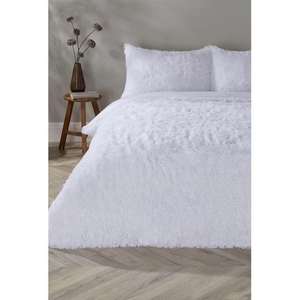
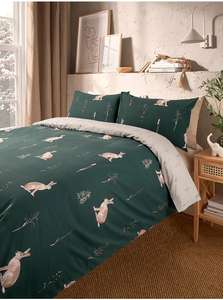
Duvet price comparisonPowered by
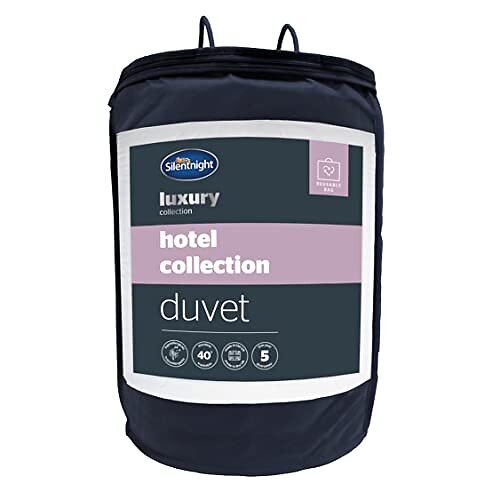 4 offers
4 offers
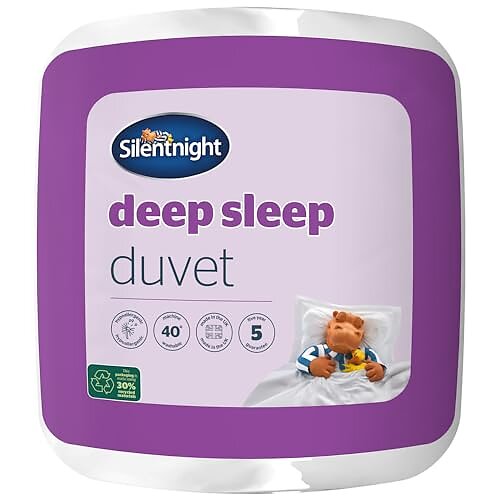 3 offers
3 offers
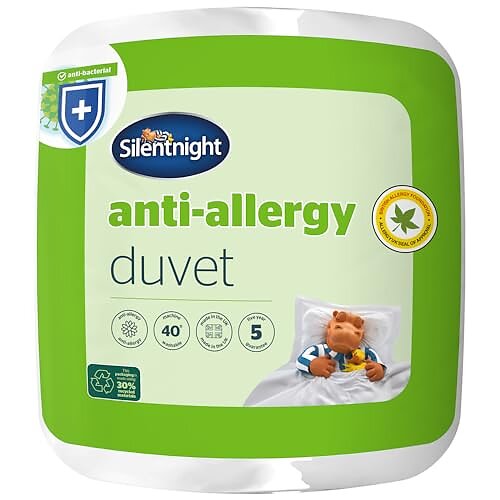 3 offers
3 offers
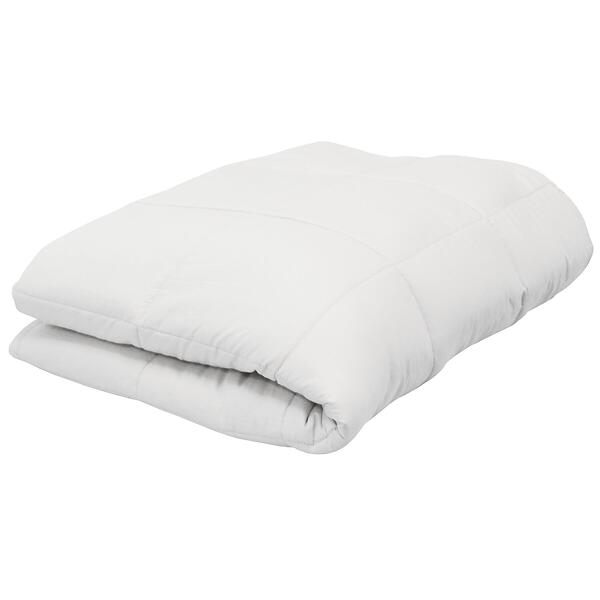 1 offer
1 offer
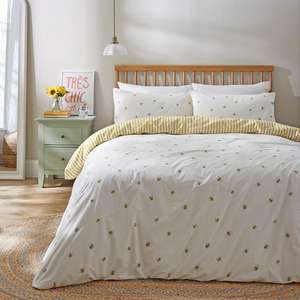


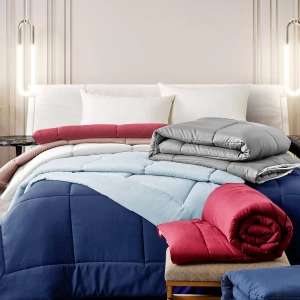
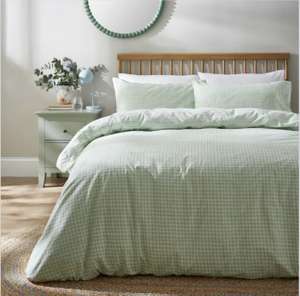

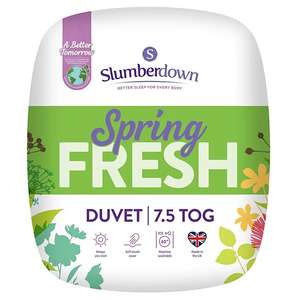


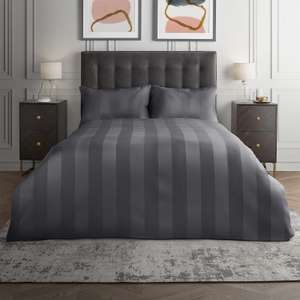
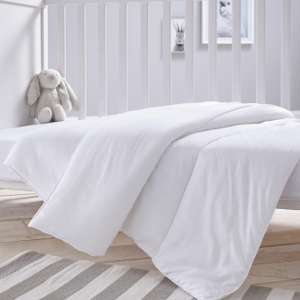
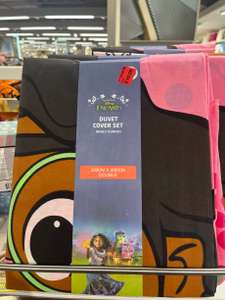
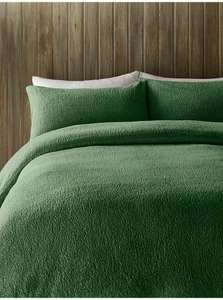
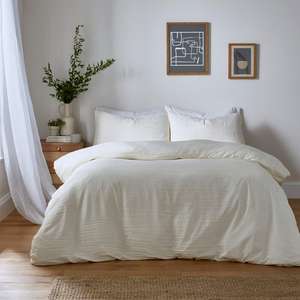
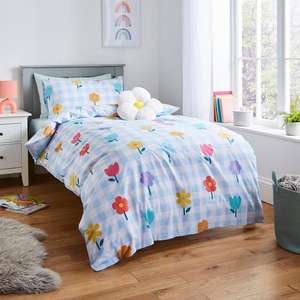

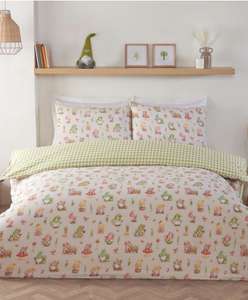
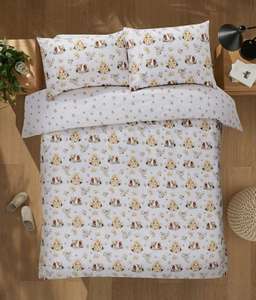
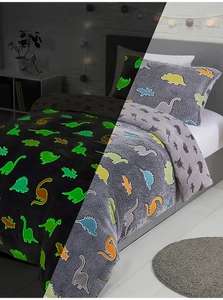

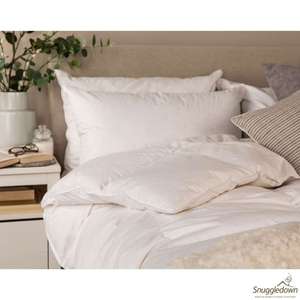
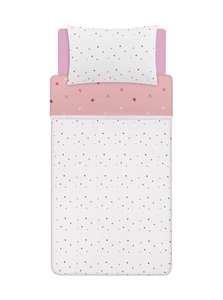
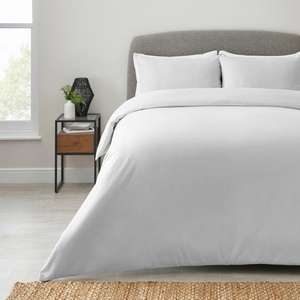
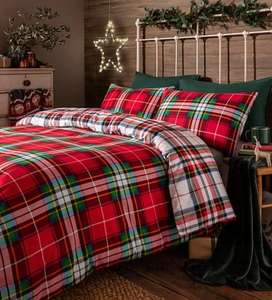
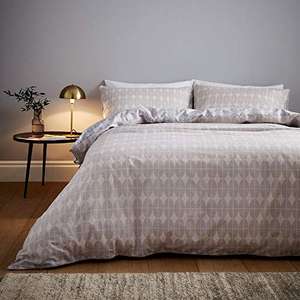
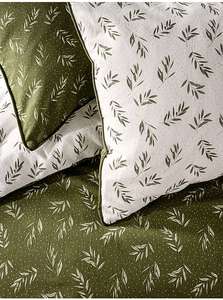
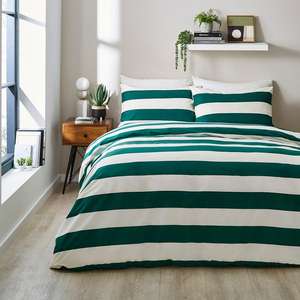
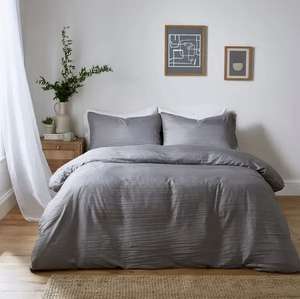
Why the Right Duvet is the Key to Real Comfort in Your Bed
First a quick definition. A duvet is the most important part of your bedding, a comforting, cosseting cotton envelope filled with down, feathers – or a high tech synthetic alternative – to keep you warm and cosy while you sleep. With its origins back among the Vikings of Norway in ancient times, the modern duvet has come a long way and, since the 1980s, has become the nighttime cover of choice. The word "duvet" comes from the French and literally means "down" – as in the feathers of a bird.
What Filling Should I Choose for My Duvet?
Selecting the right filling for your duvet is among the biggest choices that you will make, and it depends largely on both your budget and your personal preferences. Among the fillings of modern duvets are:
Synthetic fibres, usually hollow fibre and micro fibre, both made from polyester. These duvets will be light and make for excellent value. Synthetics essentially set out to mimic the natural fillings of duvets, without any of the expense and with added ease of laundering and general care. A synthetic filling is the one to go for if you have any allergies. If you're buying a duvet as a spare for guests, this may be a good choice both on cost grounds, and because it's less bulky and easier to store.
Goose or duck down, or a mixture of the two. These are the classic natural fillings, which will generally cost a little more, but have the advantage of feeling really cosy, and warm when needed. Down fillings are made from the soft layer of feathers closer to the skin of a goose or a duck, and don't have quills. These duvets will feel wonderfully soft and, looked after properly, will last for many years. They're great too for keeping moisture off you on warm evenings.
Goose or duck feathers, often mixed with down. These fillings are again entirely natural and slightly less expensive than the pure down fillings. That's because they're made at least in part from feathers that include the quill, rather than the super-soft down. Don't worry though – you can't feel the spikes, it's just that with a feather filling the duvet feels slightly less soft. All of the advantages of pure down fillings are there: that cosy warmth, longevity and the ability to wick off moisture.
Pure wool. Though heavier than down, a wool filling is an excellent selection because it's both natural and – in general – hypoallergenic. Wool is gaining ground as a natural duvet filling, and its popularity is not least because it works for people who are allergic to feathers and down. Specialist manufacturers say that wool-filled duvets are even better at regulating body temperature than down duvets. They're also resistant to dust mites.
Different Warmth Grades of Duvets
Duvet makers use a handy code system known as the "tog" to measure the warmth of your duvet. There's a nifty theory that the word comes from the Roman toga – but there's no proof of this. All you need to know is that the higher the tog value of the duvet you're choosing, the warmer it will be. A few examples:
A summer duvet, lightweight for the warm months, will be between 3.0 and 4.5tog.
For spring or autumn, the ideal duvet weight is between 7.0 and 10.5tog.
The warmest winter duvets will be between 12.0 and 13.5tog.
Some makers offer combination duvets that connect together to provide extra winter warmth.
Which tog rating you choose for your new duvet will come down to how warm you like to be at night and this is very muc h a matter of personal preference. Do remember, too, that the more natural filling that you choose, the more likely it is to take away any moisture that may occur as the result of sweat as you sleep. That might mean that, if you can afford it, down or feathers for your next duvet is the way to go for the winter months, and that you might choose an extra lightweight synthetic duvet for the summer months – or for unexpected guests on your sofa bed.
h a matter of personal preference. Do remember, too, that the more natural filling that you choose, the more likely it is to take away any moisture that may occur as the result of sweat as you sleep. That might mean that, if you can afford it, down or feathers for your next duvet is the way to go for the winter months, and that you might choose an extra lightweight synthetic duvet for the summer months – or for unexpected guests on your sofa bed.
What Ranges of Duvet are Available?
Each supplier will offer you a wide range of duvets at a wide range of prices. It all comes down to taking a look at your needs – how warm you like to be at night, which season your duvet is for and what your budget is. You might want to make a list of your exact requirements to make sure that you're getting exactly what you need.
The top of the range duvets have their fillings arranged in individual pockets so that whether you choose down, feathers or synthetics, there's no bunching but an even spread of warmth across the duvet. These more expensive duvets will have their outer envelope constructed of tough, natural cotton.
The cheaper ranges of duvets, usually available from the supermarket retailers, are all synthetic: both filling and the outer envelope. Duvet technology has moved fast and there are those who decide on synthetics out of choice because they're so much easier to launder, and are always good for people who have allergies.
Which Sizes of Duvet are Available?
You'll find that there are duvets available now in all sizes, to suit all of the beds that you are buying a duvet for. Single duvets are available for children's beds, or if you prefer single beds for yourself and your partner, and for occasional guests. Do make sure if you have a bigger bed that you're choosing exactly the right size to match the bedding that you have. Typical sizes are:
Single duvet: 135cm × 200cm
Double duvet: 200cm × 200cm
King duvet: 225cm × 220cm
Super King duvet: 260cm × 220cm
It's always worth double checking that the size of your new duvet matches either your existing bedding or the bedding that you're buying along with the new duvet. Usually the size will be printed on the label to the side or bottom of the duvet, or sometimes on a label attached to the top or bottom of the duvet itself.
Can I Wash My Duvet?
Duvets should be laundered every two to three months to keep them as fresh and as warm as possible. Make sure that you follow the cleaning instructions.
A general rule of thumb, though, is that all synthetic duvets can be machine washed, on a low temperature and using a short sp in cycle. If you can, line dry the duvet afterwards. As a rule, any duvet containing natural fibres should be taken to a dry cleaner which specialises in duvet cleaning.
in cycle. If you can, line dry the duvet afterwards. As a rule, any duvet containing natural fibres should be taken to a dry cleaner which specialises in duvet cleaning.
Between laundering, it's good to give the duvet, without cover, a good shake outdoors each week to freshen it up.
What's the Difference Between Duvets and Comforters?
A comforter has a similar function to a duvet, but is generally used with sheets and has its design directly applied to it, while a duvet has a removable cover to make it easier to keep clean and to give you more options to match your decor and your mood. Comforters are more often used in the United States, while the duvet is in more general use here in Britain. Sometimes comforters are used with duvets on top to add extra warmth in the winter months. Comforters, like bedspreads, are often used year round, and taken off on warm nights.
Buying a Duvet at the Best Price
The top retailers of duvets are among the most trusted of high street names, with John Lewis, House of Fraser, Primark and Debenhams stocking a big choice of duvets. The leading supermarket chains always offer great value on duvets, with big ranges from Sainsbury's, Morrisons, Tesco and Aldi. Argos are another go-to supplier, while specialists such as The White Company and Dunelm have deluxe ranges, and often offer special deals which are worth watching for. The January sales are always worth a look for the best duvet values, and this is a great time to compare prices. Black Friday, if you're looking for a new duvet for Christmas, has some once only duvet offers each year, but you'll have to be quick to get them.
Duvet Discounts at HotUKDeals
We like you to find out about new offers first and fast. For your next duvet, take a look at the HotUKDeals duvet page where we bring together all the latest reductions and bargains.



